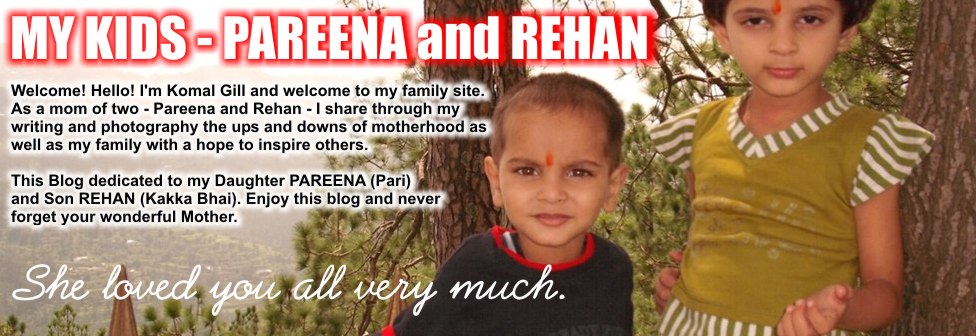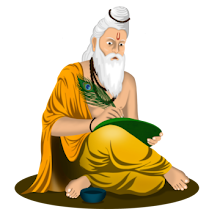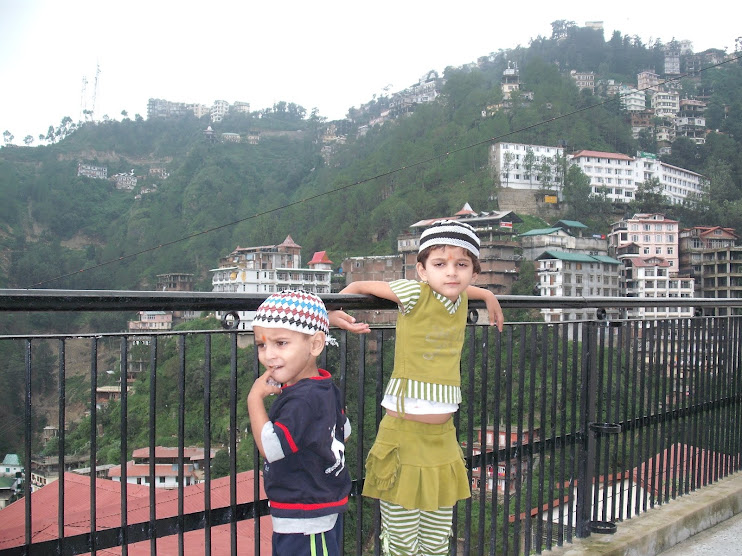Walking through an Indian village or town in the early morning or late afternoon, hints of the sun’s rays gently light the streets. Hundreds of bells ring in every house while a multitude of incredible incense fragrances waft out of their windows, blending together on the streets. This is the spiritual wonder that is India.
The ancient spiritual seers of India designed a meditative worship ritual called puja in which one offers all of his or her pleasures of the senses back to their source, the Divine, thus purifying one’s mind and heart. In this spiritual ceremony, fire is offered to purify the sense of sight. A bell is rung and a conch shell is sounded to purify the sense of hearing, and so on. In the same way, various fragrant items are offered to purify the mind via the olfactory sense. These include a fragrant powder made of eight fragrant herbs called ashtagandha, as well as sandalwood paste, rose water etc.
In recognition of the purifying and spiritual power inherent in smoke, especially when it comes from certain auspicious herbs, a special thick paste was prepared and burned during the puja ceremony. This paste is called dhoop. It was basically made from the eight fragrances powder, sandalwood, another wood powder called jigat, charcoal powder and some soft resins, or alternatively from another combination of 10 fragrances called dashangam. The thick paste was formed into a cone shape and when it would burn, it produced a large amount of smoke.
Throughout the generations, Ayurvedic doctors added various healing herbs to the dhoop and started using it for healing purposes.
During those ancient times, the art of making incense was reserved mainly for the priests and Ayurvedic doctors of India, for worship and medicinal use. Royal families there used to burn the dhoop incense to create a calming and elevating mood in their environment.
It was in 700 BCE when Buddhism was born in India, and the burning of incense became one of its main practices. Along with Buddhism, which flourished and spread its reach worldwide, incense was introduced in places like Tibet and China as part of a major spiritual ritual, receiving a slightly different version according to the local herbs and customs.
It wasn’t until the early 1900s that the Maharaja, King of Mysore, first created the idea to roll the incense paste on bamboo sticks, and under his supervision it developed into a popular art as the newly shaped incense was accepted joyfully by the public. Unlike the temple paste, the thin sticks were easy to use and produced a gentle stream of smoke, and thus were more suitable for use at home and in small spaces.
The traditional spiritual formula of the temple priests, combined with various Ayurvedic healing formulations, quickly developed into an art of perfumery that was both encouraged and supported by the Maharaja. The sticks were (and in most cases still are) hand-rolled by local artisans, mainly women, in India, immensely improving the local economy.It was in 700 BCE when Buddhism was born in India, and the burning of incense became one of its main practices. Along with Buddhism, which flourished and spread its reach worldwide, incense was introduced in places like Tibet and China as part of a major spiritual ritual, receiving a slightly different version according to the local herbs and customs.
It wasn’t until the early 1900s that the Maharaja, King of Mysore, first created the idea to roll the incense paste on bamboo sticks, and under his supervision it developed into a popular art as the newly shaped incense was accepted joyfully by the public. Unlike the temple paste, the thin sticks were easy to use and produced a gentle stream of smoke, and thus were more suitable for use at home and in small spaces.























No comments:
Post a Comment
Thanks for your comments. Keep in touch for your valuable feedback in future too.
Regards
Komal Gill
Jalandhar (Punjab
INDIA)